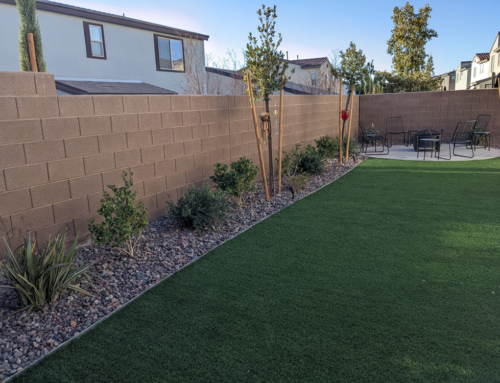You might think that knowing what stone is, and maybe even what masonry is, however, it may not be as easily deciphered as one may think. In recent years, many kinds of materials have been categorized as stone, when in fact, they are not actually natural stone. Since this category has continually grown, there is often some confusion surrounding what actually is and isn’t stone. So how can you tell the difference?
Stone or Not?
One would think that deciding whether a material is stone would be easy, and that simply saying you want something created out of stone would mean natural stone. However, it is always best to be clear and have a full understanding of what you are referring to, and to ensure that your mason or builder is on the same page.
Luckily, it is fairly simple to decipher natural from manufactured stone when looking at it. Natural stone has a rougher texture, and does not come polished or finished at first. There will be natural imperfections in the grain or patterns, and will often need to be recut in order to be pieced together.
In stark contrast to natural stone, manufactured stone is made from molds. Though the ridges and texture is attempted to be replicated, the imperfections and particular rough feeling of natural stone cannot be copied. The benefit of manufactured stone is that it is created to be pieced together, and therefore building with it is usually simpler.
Working with Natural Stone
Because of the natural texture and grooves that exist within natural stone, not every mason is equipped to work with it. Manufactured stone is created to be simply installed and pieced together, however, natural stone has to be maneuvered and rearranged to all fit together nicely. This process may take more time and patience, and a less experienced mason may not have the desire to work on a task of this difficulty.
In order to be done correctly, one must be willing to spend a tremendous amount of time on these natural stone projects. If this kind of work is rushed, it may not produce the intended results and the finished structure may be unstable. There are many pieces involved that need to be manipulated, shaped, and assembled in order for the project to appear blended and be sturdy.
Overall, natural stone projects can add to the aesthetic of a property, however, it is essential to ensure that the correct natural stone is being utilized, and that the proper time is being committed to the structure. If you are interested in adding a natural stone feature to your home or business, contact our experts and see what we can do for you!






